So we had a lovely little dessert the other night at the Ranch: “Peggy’s Pound Cake.” I loved the texture, and the flavor had just a little extra oomph that I found really livened it up. I posted about it, naturally. The post went over to Facebook, where Jim — of Jim and Peggy — commented how much he enjoyed it. I asked for the recipe, and Peggy sent it over. Well how funny. It’s the same recipe I posted about last year, both on Small Bites AND on SCF!
On Sour Cherry Farm (the archived site), I said:
We had this lovely This fabulous Portuguese Orange Olive Oil Cake comes from David Leite’s new cookbook, “The New Portuguese Table.” It’s made with olive oil and orange juice and zest, and it’s the perfect do-ahead dessert because it gets better the longer you let it sit. Indeed, David suggests leaving it alone for at least a day; two are better.
And on Small Bites, I said:
The texture is so wonderful. It’s moist and rich without being too cloying. The orange flavor just dances there in your mouth. As my friend said: “You know when you have a cake that doesn’t need icing, you’ve got a great cake.” I highly recommend it. (And it’s great with coffee in the morning, too.)
You know what Peggy said?
“Too funny. That’s probably where I got it!”
How to make Peggy’s Pound Cake aka David Leite’s Portuguese Orange-Olive Oil Cake — but with a few twists, including thyme and balsamic vinegar, come along and follow the jump.
You get yourself a bundt pan. Spray that sucker with spray or butter it with melted butter.
First you zest and juice your oranges.
And chop your thyme:
You measure out your flour, baking powder, sugar and olive oil:
Beat eggs in a stand mixer —
— then add sugar:
Lumpy, schumpy,
Then alternate adding olive oil and flour:
Then add your orange juice and zest and the thyme and mix it up.
Pour into the bundt pan:
Put in the oven and wait.
It’s a good day for baking. Rainy and icky.
When it comes out of the oven it might look a little puffy. Don’t we all, first thing?
Use a plate and flip it over and out of the pan:
Let it sit for the afternoon. Don’t nibble!
Just before serving, sprinkle with sugar:
I put a little strawberry compote and drizzled some balsamic vinegar on top:
But it’s not necessary. This cake is terrific on it’s own. But Peggy and David know that already.
Portuguese Orange Olive Oil Cake by David Leite
Adapted from The New Portuguese Table: Exciting Flavors from Europe’s Western Coast (Clarkson Potter, 2009)
Serves 10 to 12
Atenção: Make sure to use a light-colored Bundt pan. A dark one will turn out a cake that sticks and is unpleasantly brown. Since this cake only gets better with age, don’t even think about taking a bite until the day after you make it, or even the day after that.
Nonstick baking spray with flour
4 to 5 large naval oranges
2 teaspoons thyme
3 1/2 cups all-purpose flour
1 1/2 teaspoons baking powder
1 3/4 teaspoons kosher salt
5 large eggs
3 cups granulated sugar
1 1/2 cups mild extra-virgin olive oil
Confectioners’ sugar, for sprinkling
1. Position a rack in the middle of the oven, remove any racks above, and crank up the heat to 350°F (175°C). Coat a 12-cup Bundt or tube pan with baking spray and set aside.
2. Finely grate the zest of 3 of the oranges, then squeeze 4 of them. You should have 1 1/2 cups of juice; if not, squeeze the 5th orange. Set aside.
3. Whisk together the flour, baking powder, and salt in a large bowl and set aside.
4. In the bowl of a stand mixer fitted with a paddle attachment, or with a handheld mixer in a large bowl, beat the eggs on medium-high speed until well-combined, about 1 minute. Slowly pour in the granulated sugar and continue beating until thick and pale yellow, about 3 minutes. On low speed, alternate adding the flour mixture and oil, starting and ending with the flour, and beat until just a few wisps of flour remain. Pour in the orange juice and zest and whirl for a few seconds to bring the batter together.
5. Pour the batter into the prepared pan and bake until a cake tester comes out with a few moist crumbs clinging to it, about 1 1/4 hours. If the top is browning too much as the cake bakes, cover lightly with foil. Transfer to a wire rack and cool for 15 minutes.
6. Turn the cake out onto the rack and cool completely, then place it in a covered cake stand and let it sit overnight. Just before serving, dust with powdered sugar.

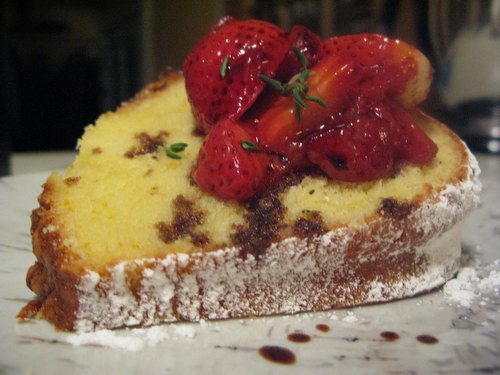

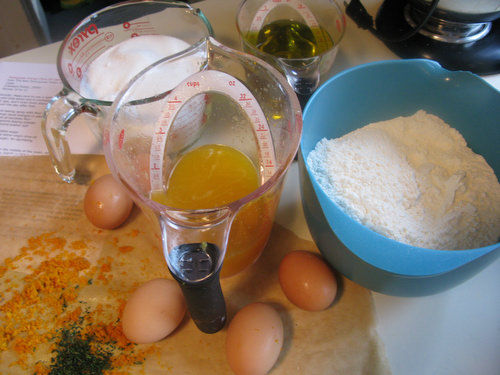
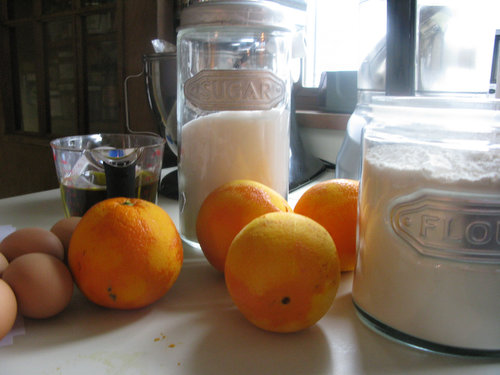
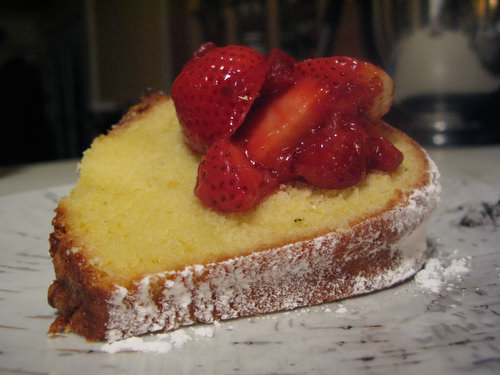
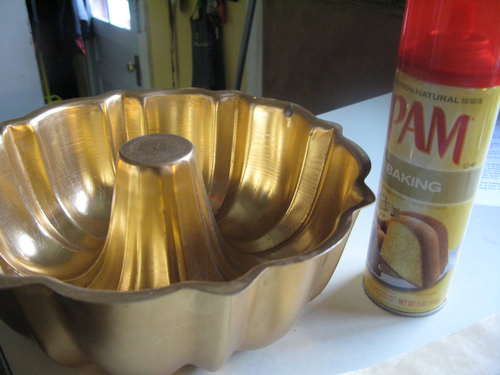


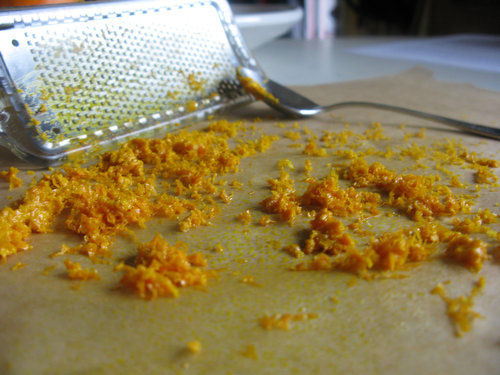


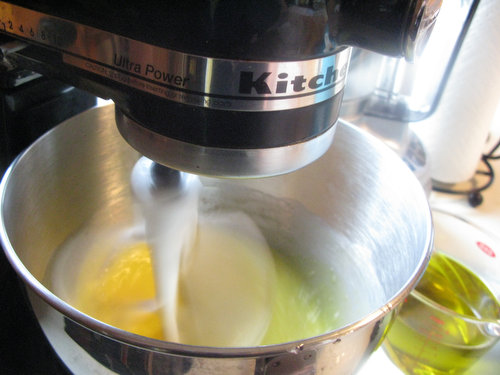

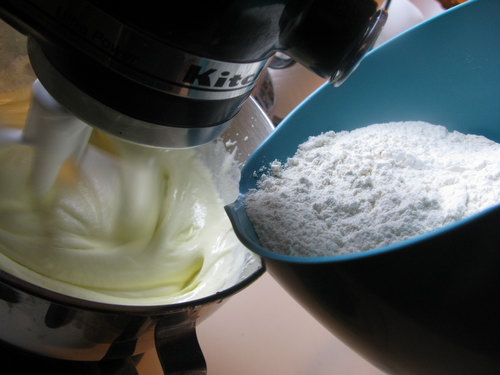

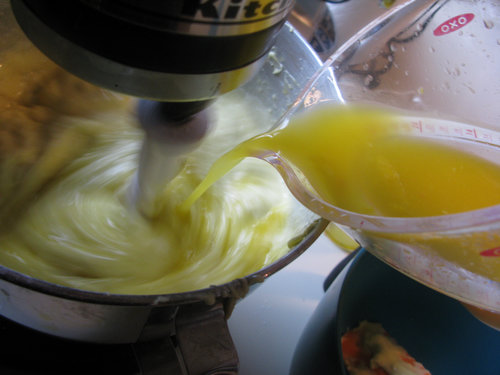
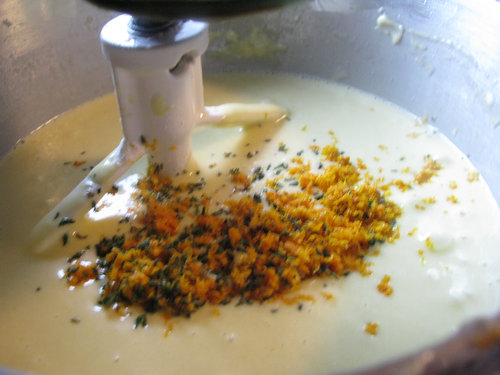
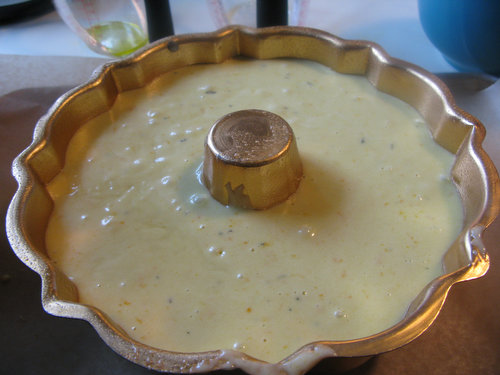



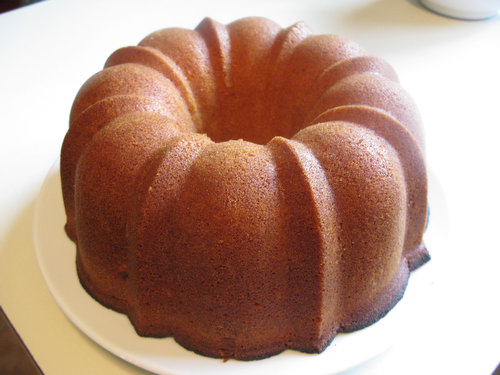
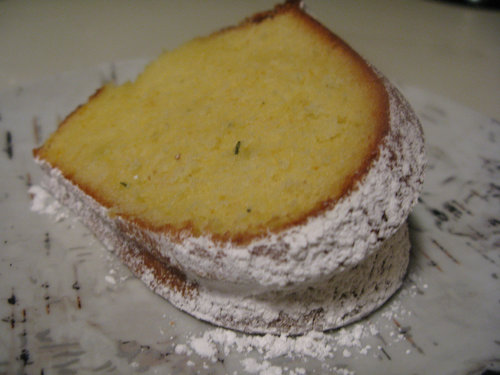


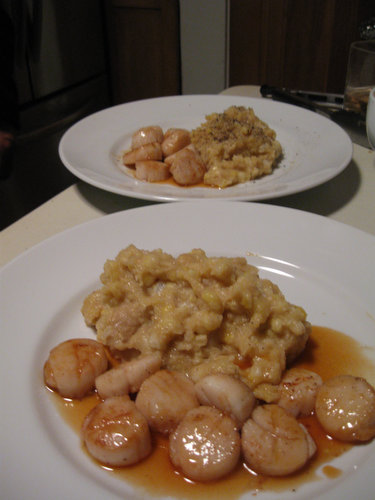

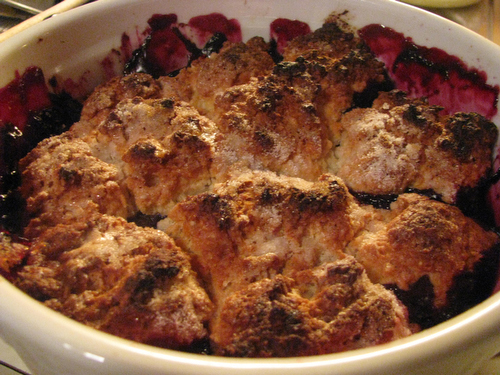



Pingback: Sunday Supper: Santa Maria Beans and Steak | Sour Cherry Farm